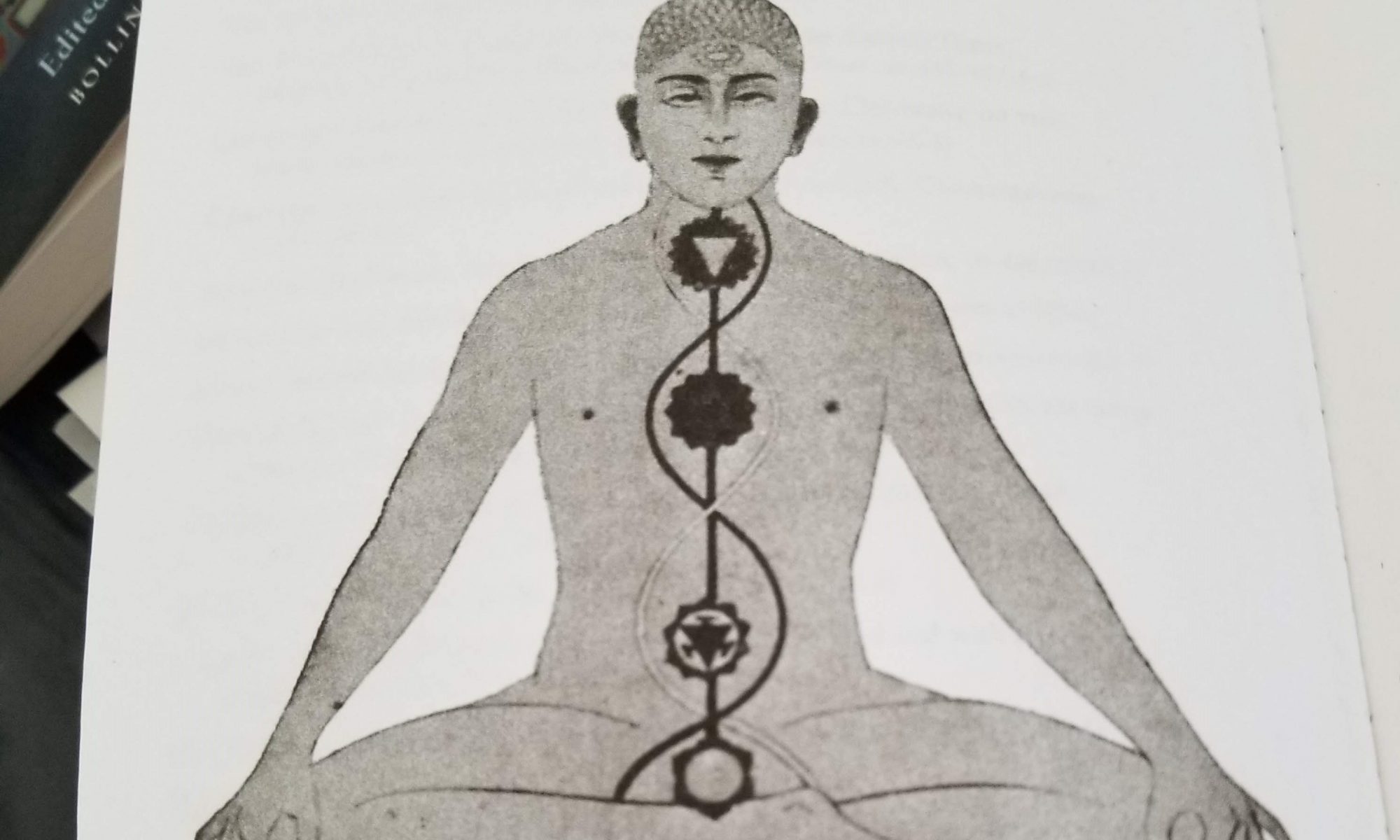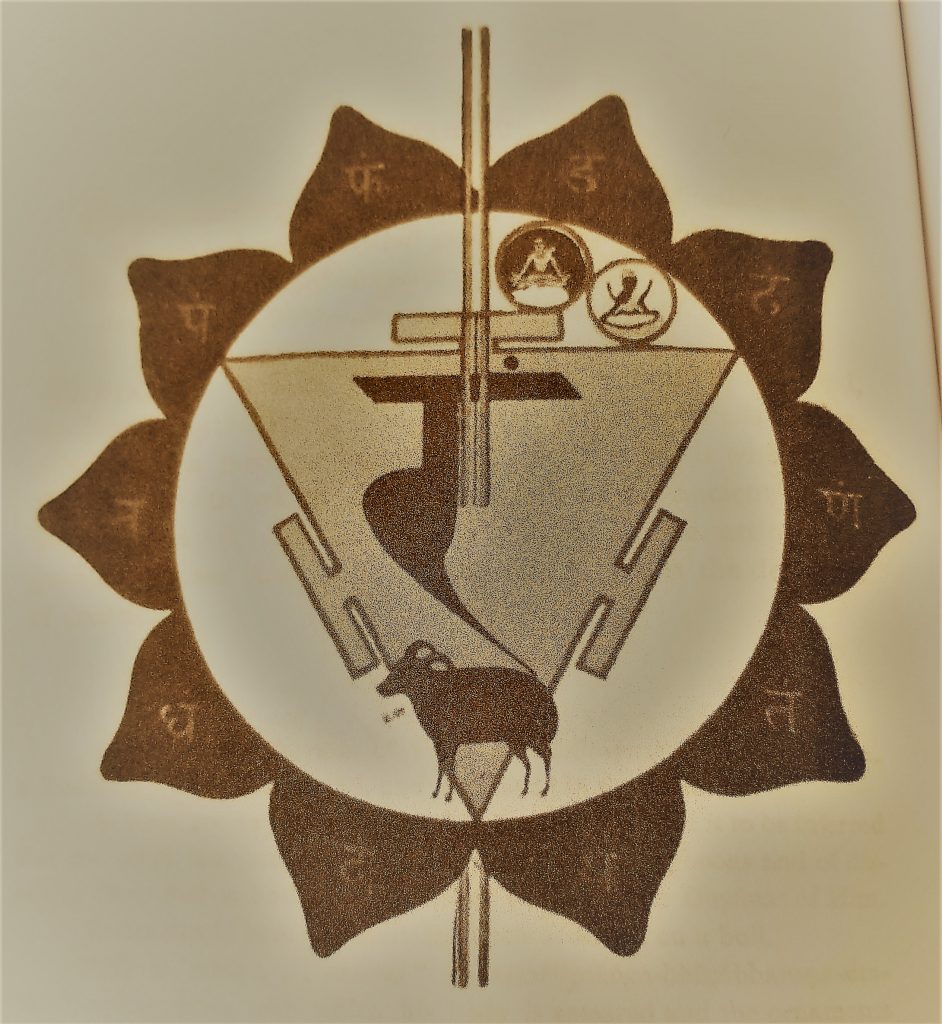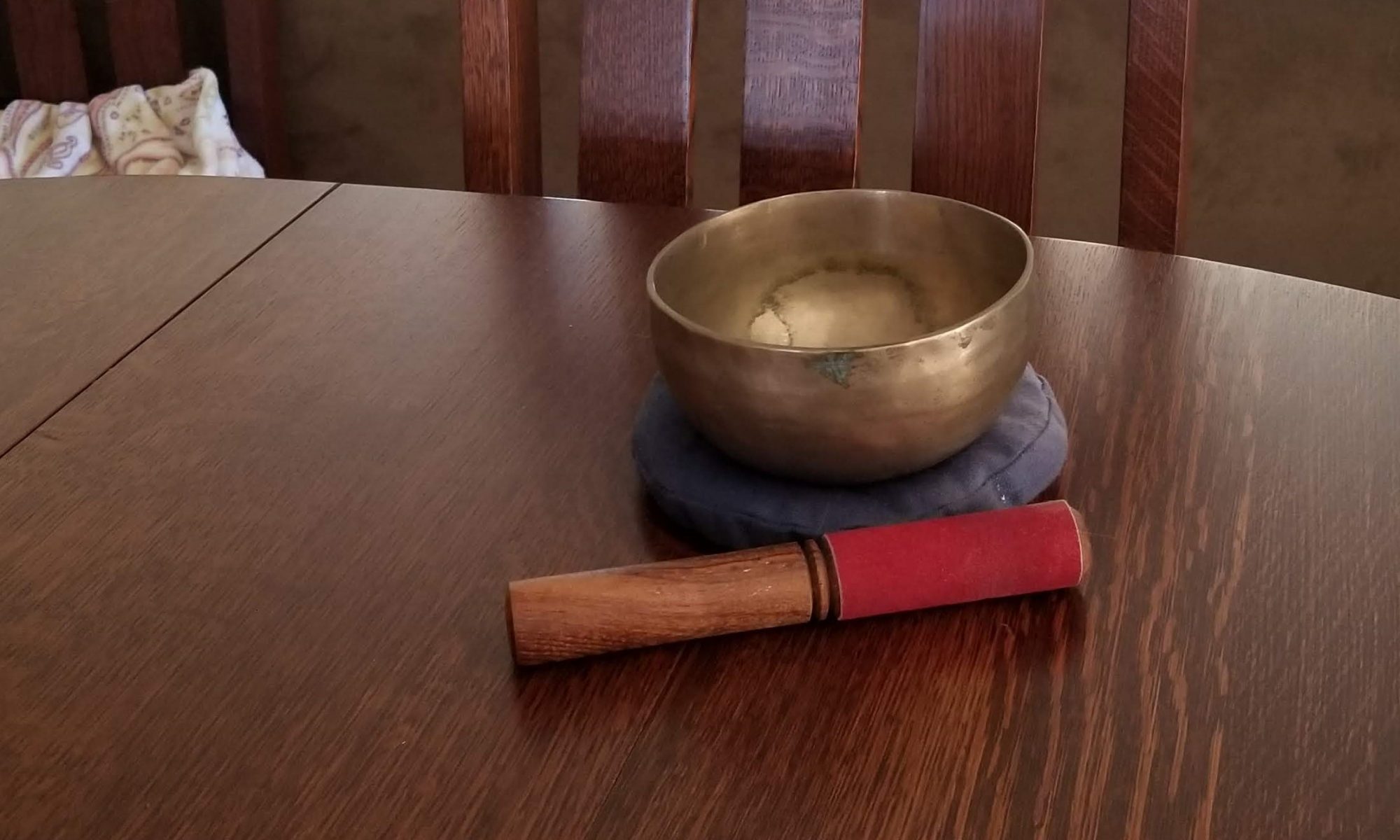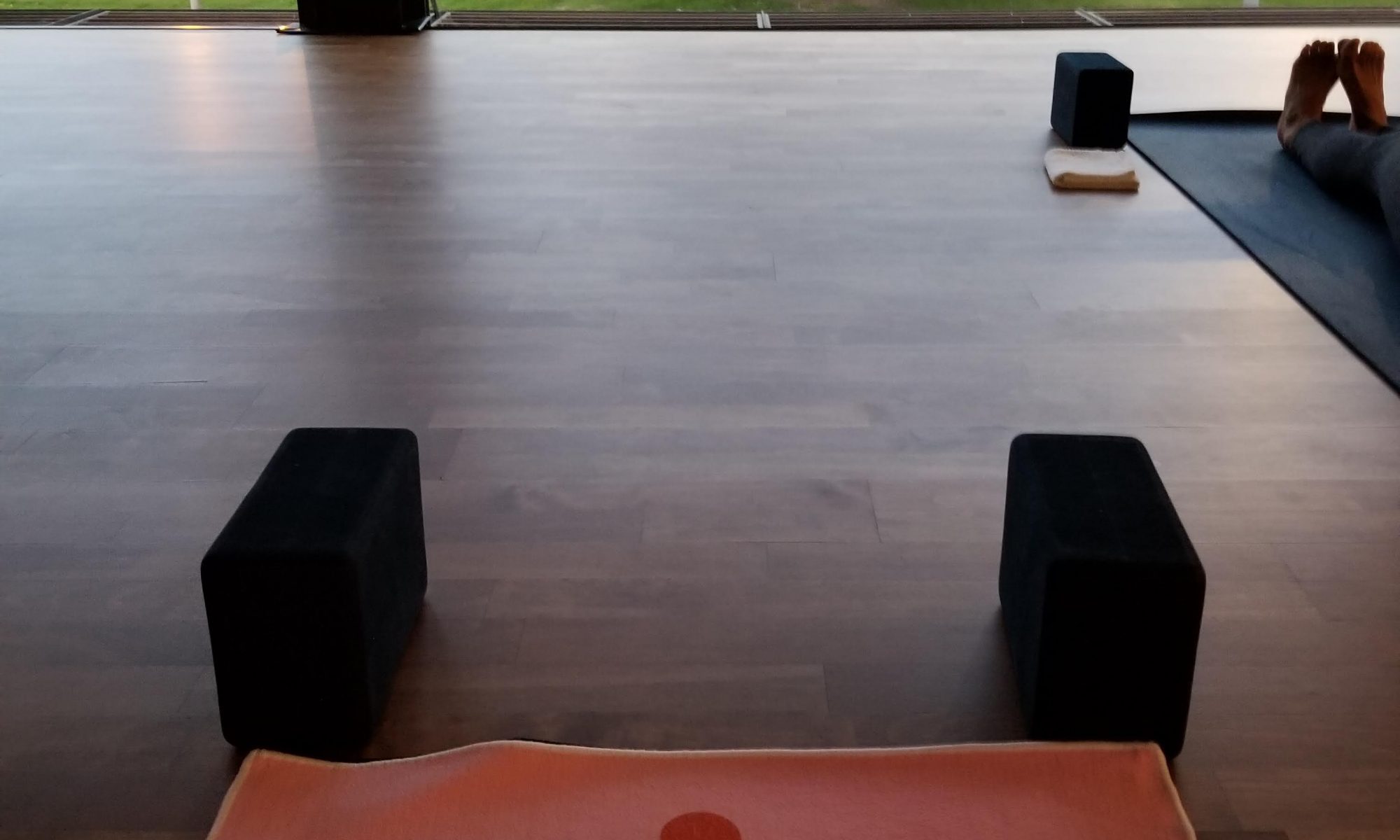Well folks, we’ve been participating in the national hermitage movement for a while now (has it been 4 weeks already?). I feel like so far it’s been one of those, this is only temporary kinds of things. But now that hermitage has been extended until mid-May, we may need to start thinking about how to adopt a more sustainable routine. No matter what, I find that everything is better if I’m moving my body. How about you, are you moving enough?
One thing that has been cramping my style here is that it has been raining. That makes it very easy for me to blow off any notion that I may have about going outside for a walk. But regardless of whether I’m out there getting my steps, I still feel like I need a bit more movement in my days and I’ve come to terms with the fact that I need to workout at home.
There are so many options for home workouts these days. I bet we all still have a few workout DVDs laying around (I even found my old favorite, Callanetics on VHS in the garage a while ago – too bad we don’t have a VHS player anymore). I’ve seen a lot of paid content on offer – zoom yoga classes and stuff, but there is also so much free stuff out there, it seems crazy not to take advantage of some of it.
I started just doing yoga on my own a few weeks ago. It’s been good. I have a little routine that I put together for myself. I get to spend more time on poses that focus on my problem areas, I get to move at my own pace, and I get to include poses that aren’t that fashionable these days (like plow and fish). The little series that I have been practicing takes me between 30-40 minutes and afterwards I feel great – taller and aligned and ready for my day.
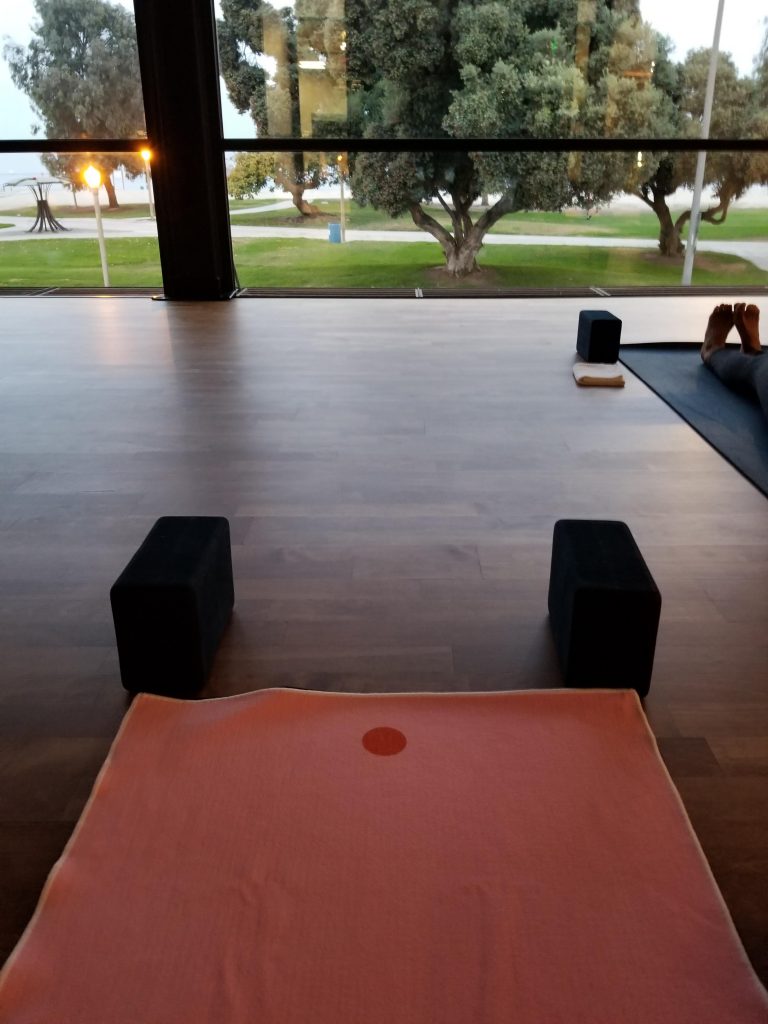
But the other morning I just WAS NOT IN THE MOOD. I knew that I need to move but I wasn’t feeling the yoga vibe. So, I dug out my Pilates notebook from college and had my own little mat Pilates session. About 15 minutes later, I was a new woman.
Then I was feeling motivated, so I did something that I have been contemplating for quite a while: I took a ballet class! I searched on YouTube and there were a bunch of options. Sure, my barre was my dining table, but it was a real ballet class with an accompanist, and I wore ballet slippers, so it totally counts.
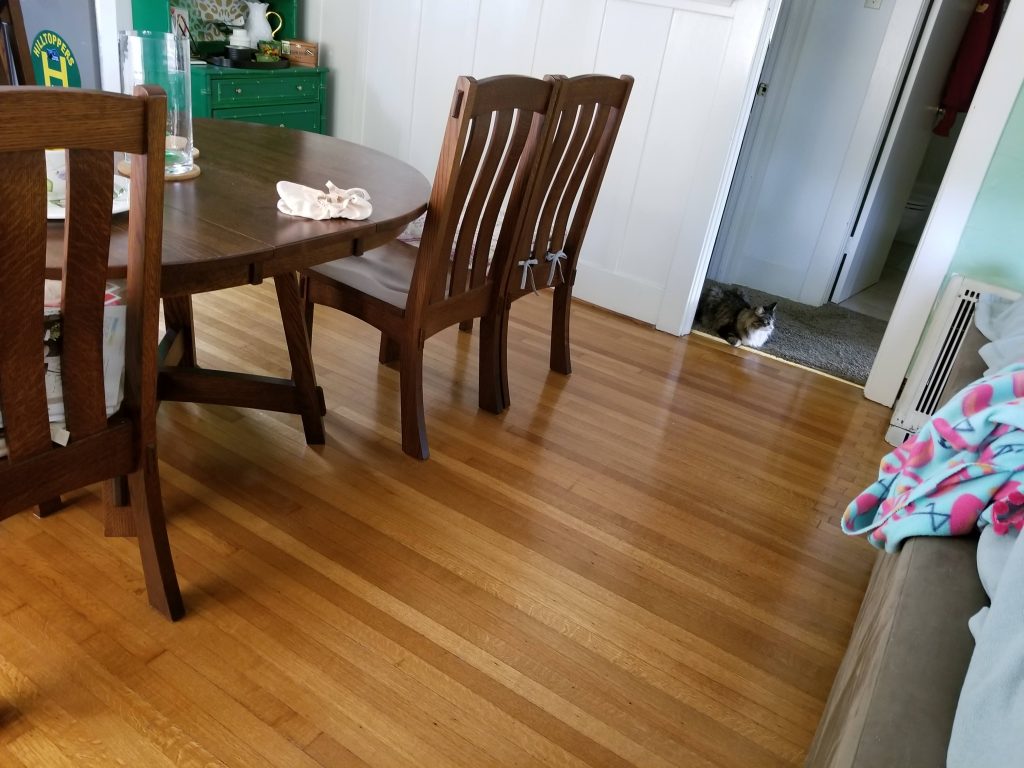
My home ballet studio, complete with feline supervision 
I can still manage first position
Ever since San Francisco Ballet had to cancel their season, I’ve been seeing their clips of the dancers taking company class at home. If they can do it, I probably can too.
I was so delighted to find this ballet barre class from the Dutch National Ballet that was classic and straightforward enough that I could attempt to replicate the combinations.
My goodness, it sure was fun! Ernst (the instructor) would demonstrate and then do the first side with you. For the second side, you were all alone with Rex (the accompanist). My brain thought that I totally got it, but my body was not so sure (especially my feet).
Somehow, I survived. And somewhere deep, down, that little ballerina who lives inside of me woke up a little bit. She is excited at the prospect of inhabiting this body of mine again (I am too). Fortunately, there are no mirrors in my dining room to make either of us aware of how far away we are from the body that she used to inhabit. It’ll be ok, we will just continue to show up for class with Ernst and Rex every other day or so and maybe eventually we will get my feet to start working again.
So that is my story about finding ways to move more at home. How about you? What are you doing? Are you trying something new? Something old?


